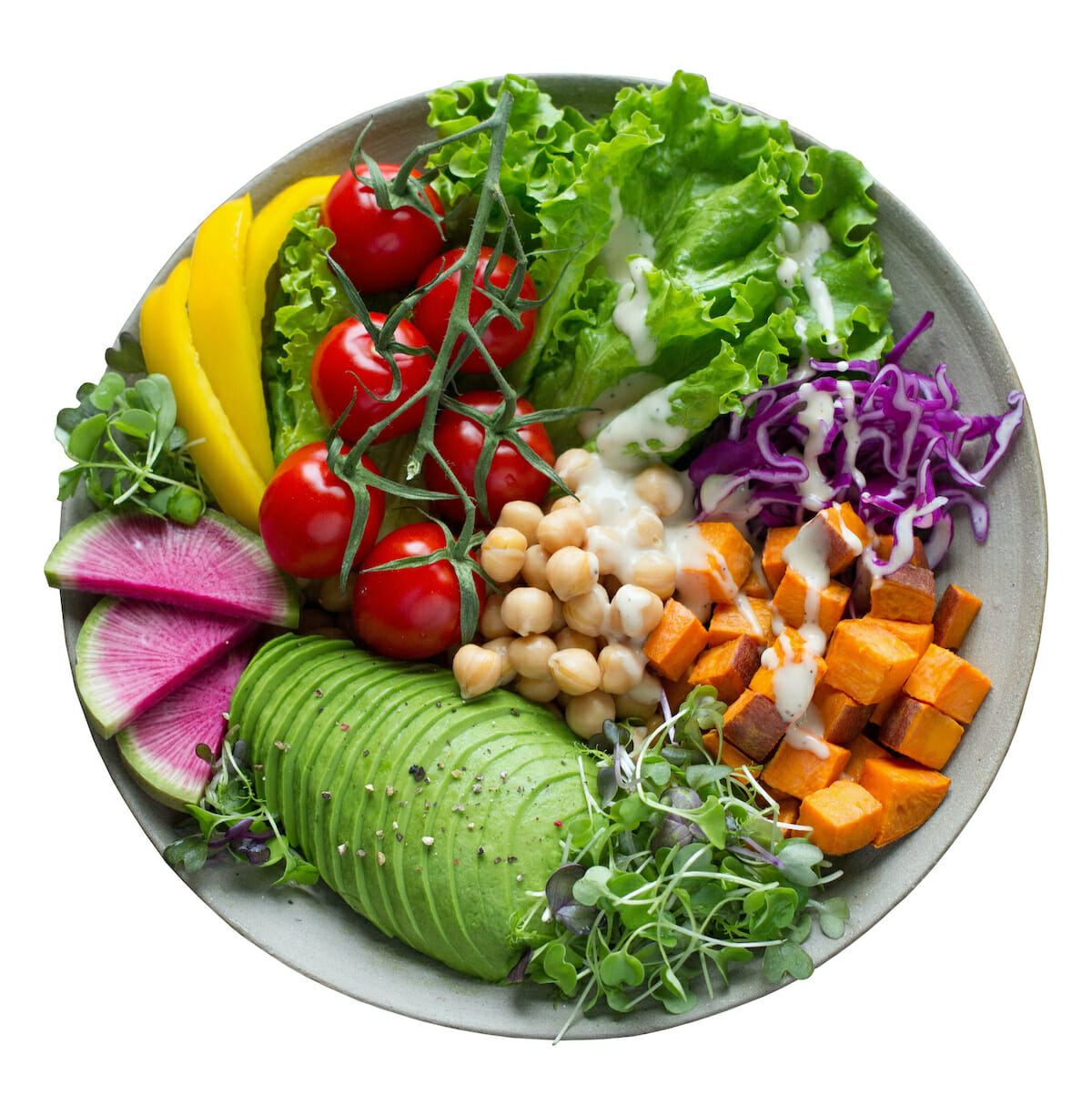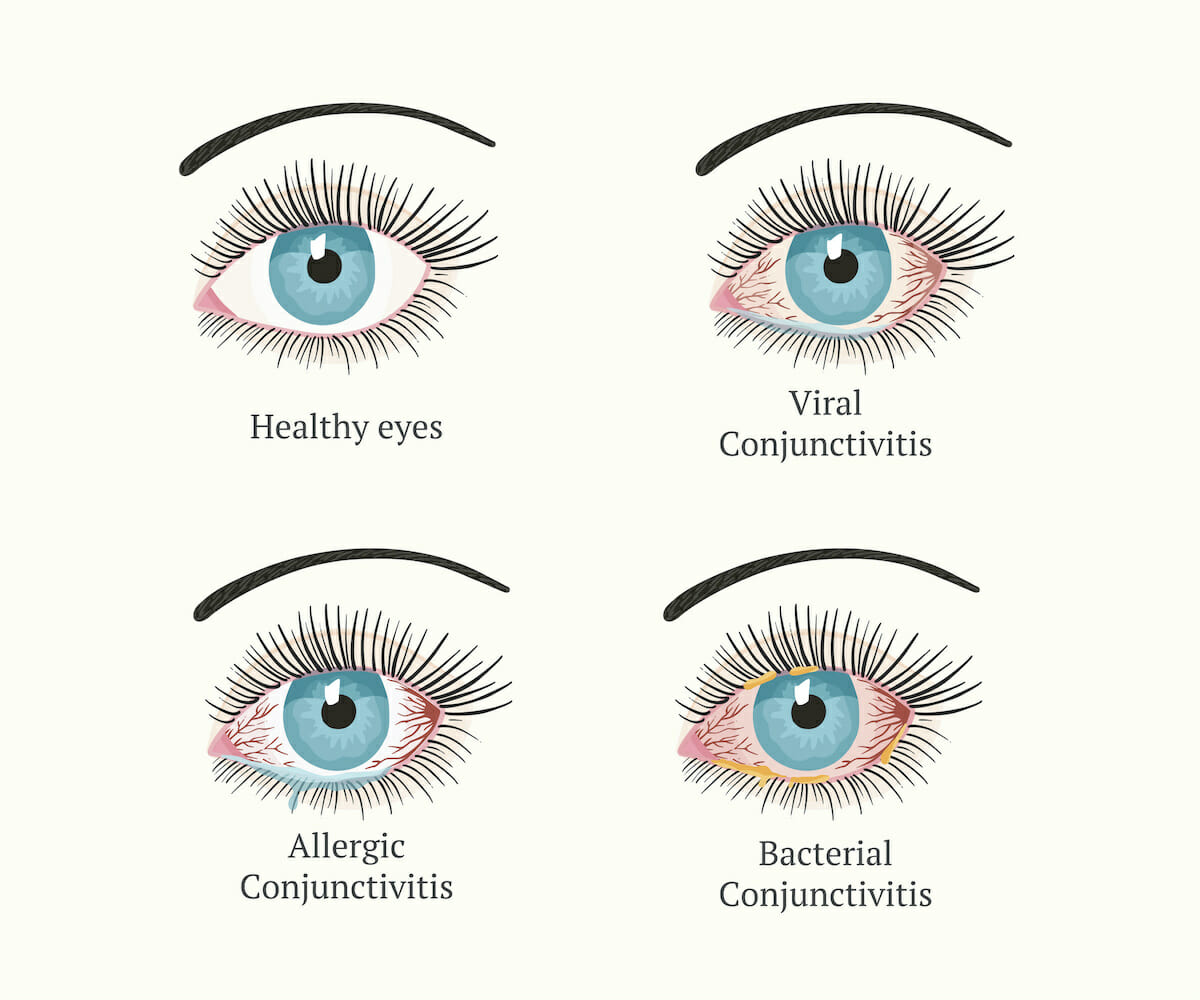
Research has shown that certain foods—such as fruits, vegetables, nuts, and oily fish—can lower blood pressure. Combining these foods in the diet may lead to long-term health benefits.
Medications, dietary changes, and other lifestyle modifications can reduce high blood pressure, or hypertension, while lowering the likelihood of developing associated conditions. High blood pressure increases a person’s risk of heart disease, stroke, and kidney disease.
Many researchers have found that certain foods can lower high blood pressure. In this article, we look at some foods that may help and how to incorporate them into the diet.
In general, the United States Department of Agriculture (USDA) considers a serving to be:
- 1 cup of cooked or raw vegetables or fruit
- 1 cup of 100% fruit juice
- 2 cups of raw leafy salad greens
- half a cup of dried fruit
For most ages, the USDA recommends consuming around 2 cups of fruit per day and 3 cups of vegetables per day, although this varies slightly according to age and sex.
1. Berries: Blueberries and strawberries contain antioxidant compounds called anthocyanins, a type of flavonoid. However, some experts say there is not enough evidence that blueberries reduce blood pressure. A serving of blueberries is around 1 cup of fresh or frozen blueberries or half a cup of dried blueberries. A serving of strawberries is around 7 strawberries.
2. Bananas contain potassium, which can help manage hypertension. One medium-sized banana contains around 422 milligrams (mg) of potassium. According to the American Heart Association (AHA), potassium reduces the effects of sodium and alleviates tension in the walls of the blood vessels. Other potassium-rich foods include apricots, lentils, prunes, acorn squash, potatoes. A serving would be 1 large banana, 1 cup of sliced banana, or two-thirds of a cup of mashed banana.
The Office of Dietary Supplements advises that males aim to consume 3,400 mg of potassium daily and females—2,600 mg. People with kidney disease should consult a doctor before increasing their intake of potassium, as too much can be harmful.
3. Beets: Drinking beet juice may reduce blood pressure in the short and long term, because it contains dietary nitrate. A 2015 study found that people with hypertension who drank 250 milliliters (ml), or about 1 cup, of red beet juice every day for 4 weeks had lower blood pressure. The researchers recorded an average fall in blood pressure of 7.7/5.2 millimeters of mercury (mm Hg) over a 24-hour period. A serving of beet is around 1 cup, which is around 2 small beets or 1 large one. Tips for use include drinking 1 glass of beet juice per day, adding beets to salads, preparing beets as a side dish.
4. Dark chocolate: Cacao, an ingredient in dark chocolate, contains flavonoids, an antioxidant. Flavonoids may help reduce blood pressure, according to the AHA. However, it notes that a person may not be able to consume enough flavonoids in dark chocolate for it to have significant benefits. The AHA says that a small amount of chocolate from time to time can be part of a balanced diet. It advises, however, that people eat it because they enjoy it, not for health reasons.
5. Kiwis: A daily serving of kiwi can help manage mildly high blood pressure. Kiwis are also rich in vitamin C. Several trusted source studies indicate that people who consumed around 500 mg of vitamin C per day for about 8 weeks saw significant improvements in their blood pressure readings.
People who ate 3 kiwis per day for 8 weeks saw a more significant reduction in systolic and diastolic blood pressure than those who ate 1 apple per day for the same period. The study authors note that this may be due to the bioactive substances in kiwis. Kiwis are easy to add to lunches or smoothies. One cup of kiwi, or 2–3 kiwifruits, makes up 1 serving.
6. Watermelon contains an amino acid called citrulline. The body converts citrulline to arginine, and this helps the body produce nitric oxide, a gas that relaxes blood vessels and encourages flexibility in arteries. These effects aid the flow of blood, which can lower high blood pressure. People can consume watermelon as juice, in salads, including fruit salads, in smoothies, in a chilled watermelon soup. One serving of watermelon is 1 cup of chopped fruit or 1 slice of around 2 inches.
7. Oats contain a type of fiber called beta-glucan, which may have benefits for heart health, including blood pressure. Ways of eating oats include having a bowl of oatmeal for breakfast, using rolled oats instead of breadcrumbs to give texture to burger patties, sprinkling them on yogurt desserts.
8. Leafy green vegetables are rich in nitrates, which help manage blood pressure. Some research suggests that eating at least 1 cup of green leafy vegetables per day can lower blood pressure and reduce the risk of cardiovascular disease. Examples of leafy greens include cabbage, collard greens, kale, mustard greens, spinach, Swiss chard.
To consume a daily dose of green vegetables, a person can stir spinach into curries and stews, sauté Swiss chard with garlic as a side dish, bake a batch of kale chips. A serving of spinach is 2 cups of fresh leaves. A serving of raw cabbage is 1 cup.
9. Garlic has antibiotic and antifungal properties, many of which may be due to its main active ingredient, allicin. Garlic in general, and specifically Kyolic garlic, can reduce blood pressure, arterial stiffness, cholesterol.
10. Fermented foods are rich in probiotics, which are beneficial bacteria that may help manage blood pressure. Sodium is a risk factor for high blood pressure, and experts advise people to limit their salt intake. However, a 2017 study did not find that eating salt-fermented vegetables increased the risk of high blood pressure, despite the high sodium content.
The effects of probiotics on blood pressure appeared more beneficial when the participants consumed multiple species of probiotic bacteria, probiotics regularly for more than 8 weeks, at least 100 billion colony-forming units per day. Fermented foods to add to the diet include kimchi, kombucha, apple cider vinegar, miso and/or tempeh. Probiotic supplements are another option.
11. Lentils provide protein and fiber, and experts say they can benefit the blood vessels of people with hypertension. People can use lentils in many ways, including as an alternative to minced beef, adding bulk to salads, as a base for stews and soups.
12. Natural yogurt: Yogurt is fermented dairy food. A 2017 study indicated participants with high blood pressure who consumed more yogurt had lower systolic blood pressure and lower arterial pressure than those who did not.
13. Pomegranates contain antioxidants and other ingredients that may help prevent high blood pressure and atherosclerosis. People can consume pomegranates whole or as juice. When buying prepackaged pomegranate juice, check to ensure that there is no added sugar.
14. Cinnamon may help reduce blood pressure, according to a 2020 review. The study found that consuming up to 2 g of cinnamon per day for 8 weeks or more reduced blood pressure in people with a body mass index of 30 or more.
15. Nuts: Several studies have found that eating nuts of various types can help manage hypertension. Walnuts, hazelnuts, and pistachios all appear to improve endothelial function, which can benefit blood pressure and heart health. Opt for unsalted nuts. People should not consume nuts if they have a nut allergy.
16. Citrus fruits contain hesperidin, an antioxidant that may benefit heart health. People can consume citrus fruits as drinks, whole or in fruit salads, as lemon juice, squeezed on salads for flavor instead of salt.
17. Oily fish: The AHA recommends consuming two servings of 3 ounces (oz) of oily fish per week, as it may lower the risk of cardiovascular disease.
Research also suggests that eating oily fish may help lower blood pressure. In a 2016 study, people with high systolic blood pressure saw significant improvements in their readings after consuming 0.7 g per day of supplements of eicosapentaenoic acid and docosahexaenoic acid fish oil for 8 weeks. Examples of oily fish are anchovies, sardines, mackerel, albacore tuna. Note that some fish contain mercury, and people should check the latest Food and Drug Administration (FDA) guidelines.
18. Tomato extract: Tomato contains lycopene, an antioxidant that may be beneficial for heart health. A 2021 review found that consuming tomato extract can significantly lower systolic blood pressure in people with or without hypertension. However, including tomatoes in the diet did not produce the same results. Other researchers have found that high doses of lycopene reduced systolic blood pressure, while lower levels did not.
Foods to avoid
While some foods may relieve hypertension, others can increase the risk of the condition. Be aware of your consumption with salt, caffeine, alcohol and processed foods.
What else can you do to lower your blood pressure? As well as dietary measures, the AHA recommends the following tips for lowering blood pressure:
- Exercise regularly.
- Learn some strategies for managing stress.
- Avoid or quit smoking.
- Reach or maintain a moderate body weight.
- Work together with a doctor, including taking any medications they recommend.
How can you lower your blood pressure immediately? There is no way to lower blood pressure quickly at home. A person should follow a plan of diet, exercise, and possibly medication to lower their blood pressure over time. If blood pressure is over 180/120 the person should call 911.
Can drinking water lower blood pressure? Some evidence suggests drinking more water each day may lower blood pressure, but more research is needed.
When should you contact a doctor about high blood pressure? Optimal blood pressure is up to 120/80 mm Hg. If several readings show levels are higher than this, a person may wish to seek guidance from a doctor.
In summary, dietary and lifestyle choices can help manage high blood pressure. A diet that focuses on fruits, vegetables, oats, nuts, lentils, herbs, and spices can be beneficial. In contrast, salt, alcohol, and processed foods may worsen hypertension.
A doctor can help a person make a plan that involves exercise, food choices, and other measures to manage high blood pressure and reduce the risk of cardiovascular disease and other health issues.
Sources: https://www.medicalnewstoday.com/articles/322284
Changes you can make to manage high blood pressure. (2017).
https://www.heart.org/en/health-topics/high-blood-pressure/changes-you-can-make-to-manage-high-blood-pressure
Dietary Guidelines for Americans, 2020-2025 and online materials. (n.d.).
https://www.dietaryguidelines.gov/resources/2020-2025-dietary-guidelines-online-materials
How can I reduce high blood pressure? [Fact sheet]. (n.d.).
https://www.heart.org/-/media/files/health-topics/answers-by-heart/how-can-i-reduce-high-blood-pressure.pdf
Hypertensive crisis: When you should call 911 for high blood pressure.
https://www.heart.org/en/health-topics/high-blood-pressure/understanding-blood-pressure-readings/hypertensive-crisis-when-you-should-call-911-for-high-blood-pressure
U.S. Department of Agriculture, Agricultural Research Service. (2019). FoodData Central.
http://fdc.nal.usda.gov/











